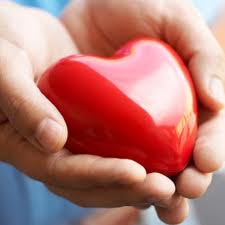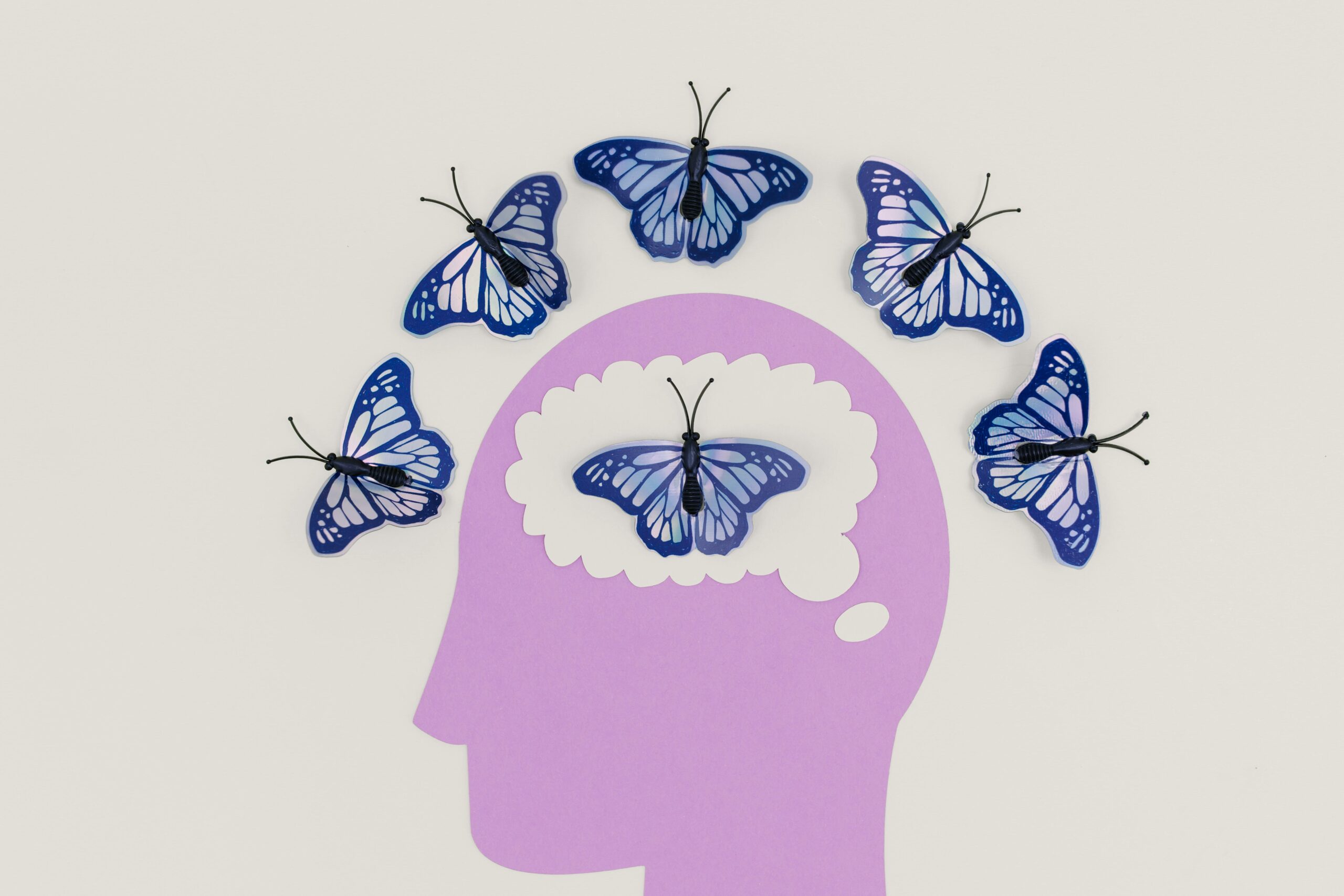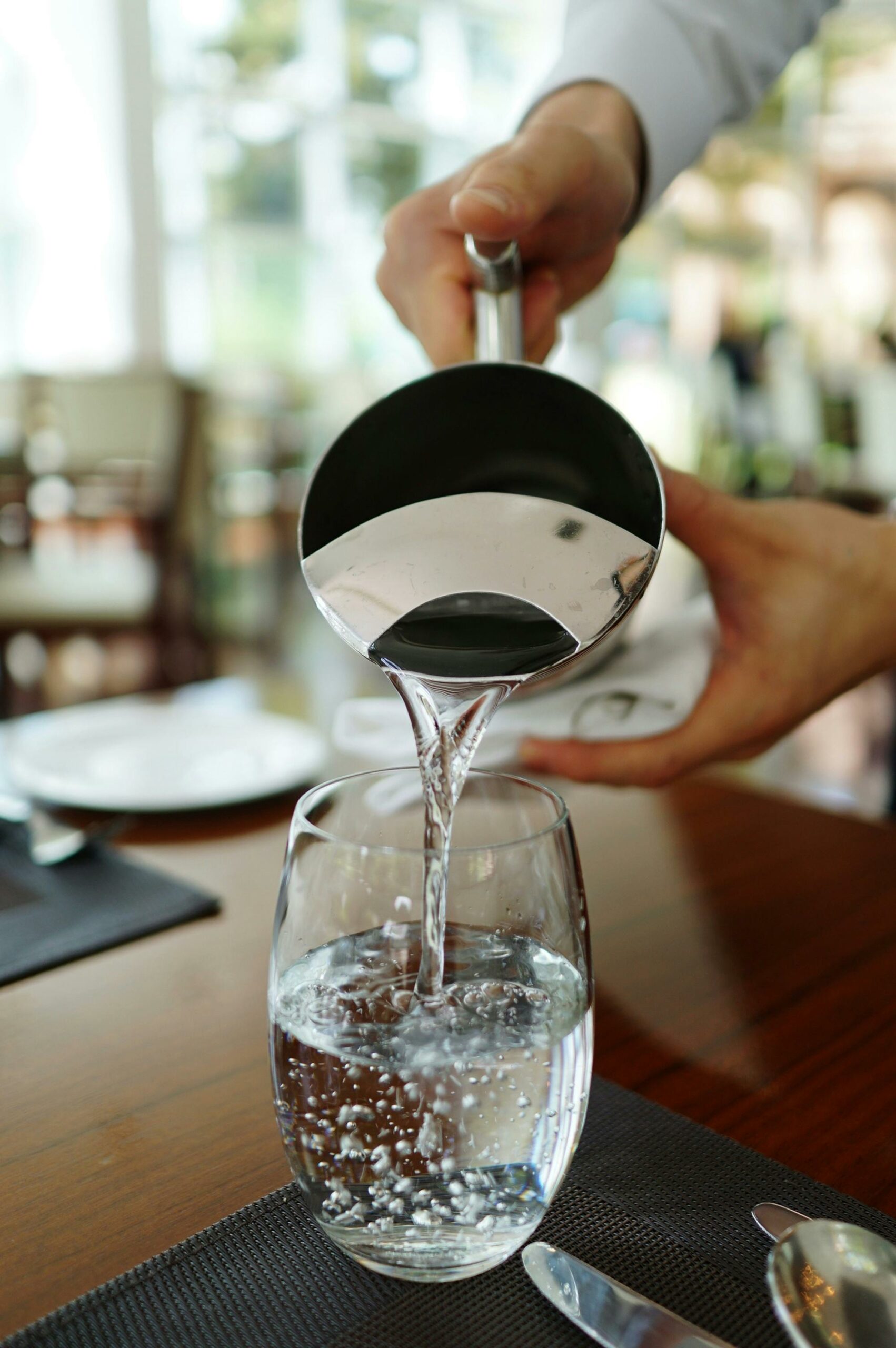Are You Taking Care of Your Heart?
Category: Healthy Heart

I have decided to celebrate American Heart Month by making a commitment to the health of my heart and the hearts of everyone I can share this valuable information with. I have taken a renewed interest in this after after having my own recent scary encounter with high blood pressure. Knowing that the higher the blood pressure levels, the higher the risk of cardiovascular disease, congestive heart failure, and kidney disease, I am trying to learn as many natural approaches I can to keep my numbers healthy.
According to the American Heart Association, Omega-3 fatty acids benefit the heart of healthy people, and those at high risk of — or who have — cardiovascular disease. Research has shown that omega-3 fatty acids decrease risk of arrhythmias (abnormal heartbeats), which can lead to sudden death. Omega-3 fatty acids also decrease triglyceride levels, slow growth rate of atherosclerotic plaque, and lower blood pressure (slightly).
Omega 3’s are important for our heart and you can find EPA and DHA in fatty fish (such as cod, halibut, mackerel, and salmon) and enriched eggs. Higher intakes have been found to result in a decreased rate of cardiac death and heart attacks and may also reduce triglyceride levels. Recent research looking at long-term diets rich in omega-3 and published in the journal found that the greater the intake of Omega-3, the lower the risk of total cardiovascular disease mortality. Don’t like fish? Try taking a supplement. I have chosen one to ensure purity and potency which has undergone a state-of-the-art molecular distillation process that not only concentrates natural, beneficial omega-3 fatty acids but also removes lead, mercury, arsenic, cadmium, dioxins, PCBs, and other contaminants. It also minimizes odor and that fishy aftertaste. Go here if you would like to learn more about it.
According to the AHA, “vegetables and fruits are high in vitamins, minerals, and fiber — and they’re low in calories. Eating a variety of fruits and vegetables may help you control your weight and blood pressure” — two of the major risk factors for cardiovascular disease. Red apples fall into this category, high in fiber and high in antioxidants ….a great snack alternative to cookies, chips, etc. I like to take a cored red apple and fill with some chopped walnuts or almonds, sometimes a little dried cranberries and top it with a bit of honey and bake for 15 minutes at 350 degrees…delicious!  Another great snack for lowering blood pressure which I recently discovered is celery. Check out my latest post on this very helpful vegetable.
Another great snack for lowering blood pressure which I recently discovered is celery. Check out my latest post on this very helpful vegetable.
Did you know foods high in potassium give you a better ratio of potassium to sodium? This allows your kidneys to get rid of more sodium through your urine, which lowers your blood pressure. These foods include leafy greens such as romaine lettuce, arugula, kale, turnip greens, collard greens, and spinach. Other foods high in potassium include avocados, sweet potatoes, acorn squash, dried apricots, coconut water, kefir or yogurt, white beans, mushrooms and of course bananas.
Blueberries have the benefit of flavonoids. One study showed that those same flavovnoids might prevent hypertension, and possibly help to reduce high blood pressure. I find berries to be a great dessert choice. Potatoes have not only potassium but magnesium as well, another mineral beneficial in lowering high blood pressure. Top baked potatoes with plain yogurt or salsa. Another beneficial food are beets, roasted or added to stews or stir-fries. Beetroot juice is also a good choice. A research review published in 2014 in Nitric Oxide, and a study published in 2015 in Hypertension, both showed that a diet including inorganic nitrates from beet juice can lower blood pressure; improve the ability to, and the duration of, exercise; boost oxygen delivery to the heart; and enhance the general health of blood vessels. Other foods that contain this source include Cabbage, Celery, Chervil, Chinese cabbage, Cress, Dill, Leek, Lettuce, Parsley, Rucola, Spinach and Turnips.
I would be remiss to dismiss exercise as one of the “drug-free” methods to lower blood pressure. According to the Mayo Clinic, regular physical activity makes your heart stronger. A stronger heart can pump more blood with less effort. If your heart can work less to pump, the force on your arteries decreases, lowering your blood pressure. Becoming more active can lower your systolic blood pressure — the top number in a blood pressure reading — by an average of 4 to 9 millimeters of mercury (mm Hg). That’s as good as some blood pressure medications. For some people, getting some exercise is enough to reduce the need for blood pressure medication. This definitely makes me realize that exercise has to be a daily “to do” for me each day!
When you think about the fact that Heart disease is the leading cause of death in the United States, accounting for 610,000 deaths (one in every four deaths) a year, according to the U.S. Centers for Disease Control and Prevention and about 735,000 Americans have a heart attack each year with at least two-thirds of those are first time attacks, we definitely need to step up and make the effort towards prevention.
I hope you have found this helpful. For myself, I am keeping a list in my purse and as I shop I will begin to include the foods recommended. Be sure and check my February “heart” specials this month here for additional support. (When you purchase on my website I will reimburse you by the 15th of the following month for that discount special I am offering 🙂



Facebook Comments